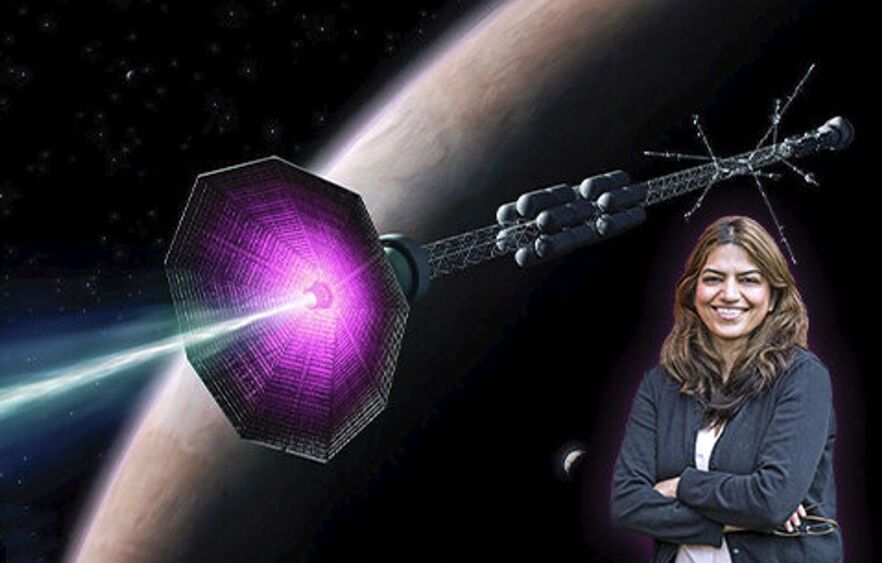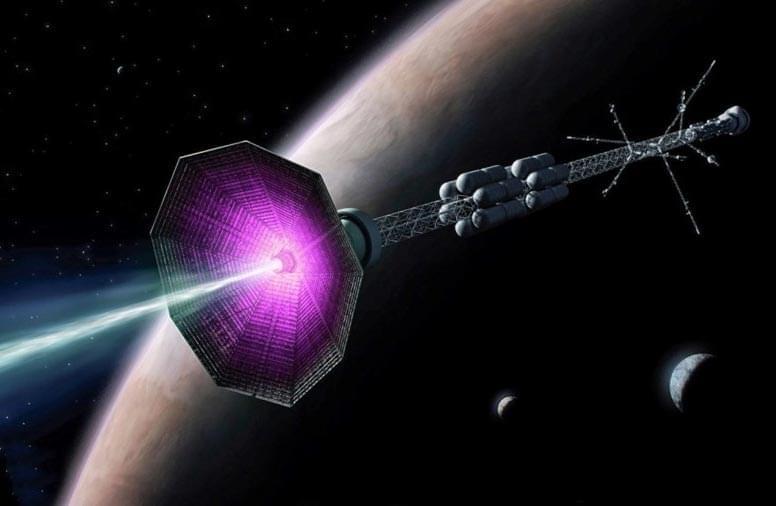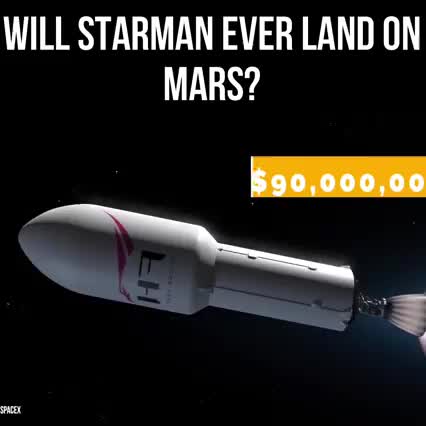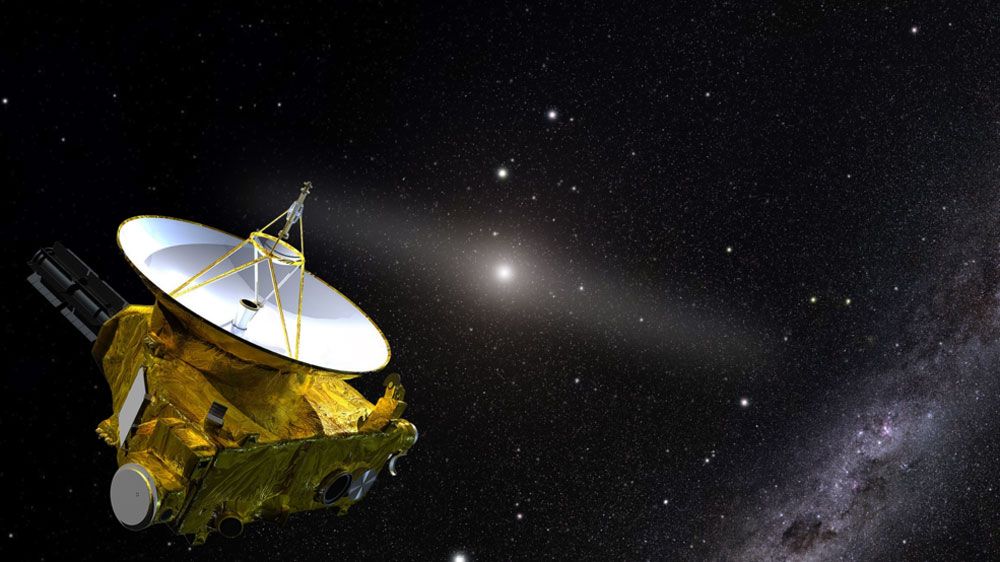Behold, Starships SN9 and SN10.
SpaceX has two Starship vehicles, SN9 and SN10, on the test pad at the same time at its South Texas facility, a first for the company.
Behold, Starships SN9 and SN10.
SpaceX has two Starship vehicles, SN9 and SN10, on the test pad at the same time at its South Texas facility, a first for the company.


A new type of rocket thruster that could take humankind to Mars and beyond has been proposed by a physicist at the U.S. Department of Energy’s (DOE) Princeton Plasma Physics Laboratory (PPPL).
The device would apply magnetic fields to cause particles of plasma (link is external), electrically charged gas also known as the fourth state of matter, to shoot out the back of a rocket and, because of the conservation of momentum, propel the craft forward. Current space-proven plasma thrusters use electric fields to propel the particles.
The new concept would accelerate the particles using magnetic reconnection, a process found throughout the universe, including the surface of the sun, in which magnetic field lines converge, suddenly separate, and then join together again, producing lots of energy. Reconnection also occurs inside doughnut-shaped fusion (link is external) devices known as tokamaks (link is external).

Like.
The first private space flight led by Axiom with SpaceX is set to take off next year to the ISS during an eight day mission, carrying three civilians who each paid $55 million for their seat.


On Tuesday, SpaceX plans to launch the latest prototype of its Starship spacecraft — a system that could one day carry humans to Mars. The prototype, called.
The first time SpaceX attempted such an ambitious Starship flight, the 16-story vehicle blew up. Seven weeks later, Elon Musk’s company is trying again.


NASA’s mission to the outer solar system has found more light than expected. That could mean more galaxies in the visible universe than we thought— or less, depending on who you talk to.
Point a telescope at a square of space and you’re liable to see something — stars, galaxies, interstellar gas. Now, subtract everything you already know about, and you ought to see nothing — black space. Right?
Wrong, according to scientists on the New Horizons team. The spacecraft that flew by Pluto, Charon, and another Kuiper Belt object named Arrokoth has now turned its camera to far-off vistas, only to discover that there’s more light there than we expected. That could have huge implications if it pans out, but tallying all the universe’s light sources gets a bit complicated.